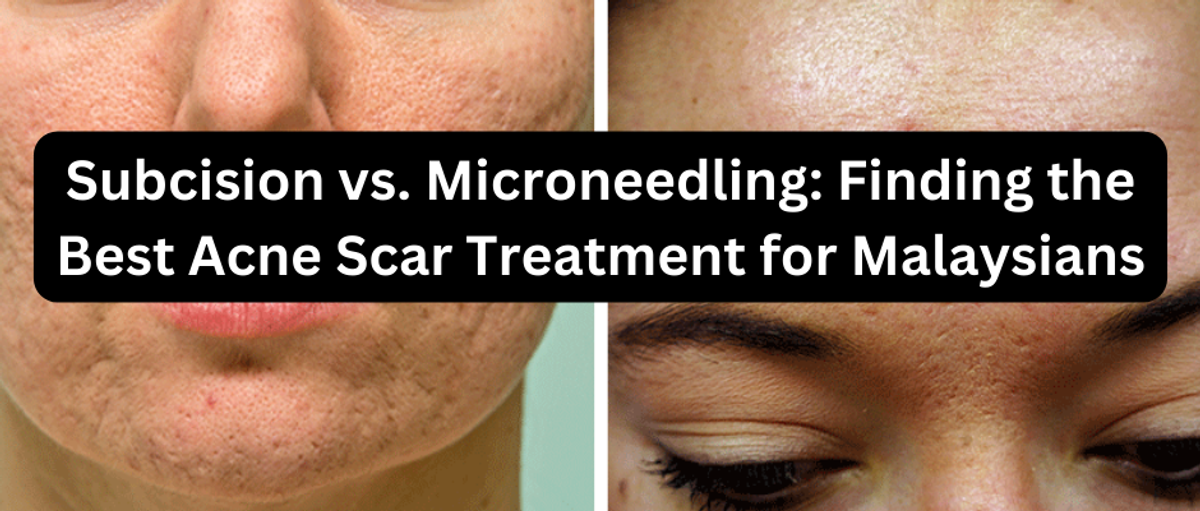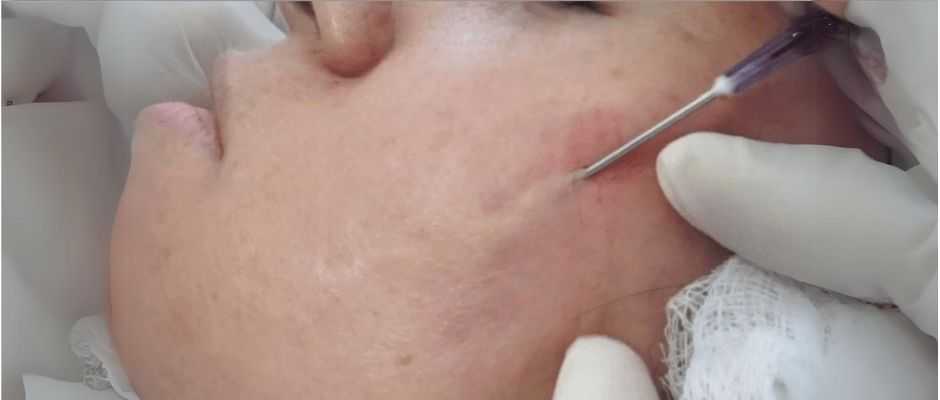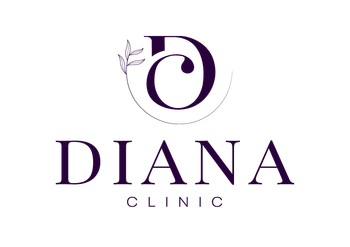
In Malaysia, the humid climate can exacerbate skin issues, making acne scars a common concern. Fortunately, advances in skin treatments like Subcision and Microneedling offer hope for those looking to improve their skin’s appearance. Understanding the nuances of these treatments can help you choose the best option for your skin type and scar severity.
Let's explore the key facts about each treatment, their mechanisms, and why a combination approach might provide the best results.
1. Understanding Acne Scar Treatments: Microneedling and Subcision
Microneedling: This treatment involves a device with fine needles that puncture the skin, creating micro-wounds. These tiny injuries stimulate the body’s natural healing process, boosting collagen and elastin production. Microneedling is particularly effective for superficial textural issues such as fine lines, enlarged pores, and mild to moderate acne scars.
Subcision: A more invasive technique, Subcision targets deeper, tethered scarring like rolling scars. A specialized needle is inserted under the skin to sever the fibrotic strands anchoring the scar tissue, lifting depressed scars from below. This makes it highly effective for deeper, more stubborn scars.

2. How Microneedling and Subcision Work
Microneedling Effects: Acting on the epidermal layer, Microneedling is excellent for addressing mild acne scars and overall skin rejuvenation. It improves texture, promotes a more even skin tone, and enhances the skin's appearance by stimulating collagen production.
Subcision Effects: Targeting the deeper subcutaneous layers, Subcision mechanically releases scar tissue and promotes a lifting effect from underneath. This direct intervention significantly improves deep atrophic scars by physically breaking the tethering bands that pull the skin down.

3. Ideal Candidates: Who Should Consider Microneedling and Subcision?
Microneedling Candidates: This treatment is ideal for individuals with mild to moderate skin imperfections who prefer a less invasive approach. It is suitable for a variety of skin types and tones, with minimal risk of pigmentation issues—an important consideration for Malaysians with diverse skin tones.
Subcision Candidates: Best suited for those with deeper scar types such as rolling or mixed acne scars, Subcision is effective when other surface-level treatments fall short. It is particularly beneficial for patients with tethered scars that need more aggressive treatment.
4. Combining Treatments: The Benefits of Using Both Microneedling and Subcision
Synergistic Benefits: Combining Subcision and Microneedling leverages the strengths of both treatments. Subcision releases deep scar tissue, while Microneedling enhances the skin’s surface and helps blend the scar with the surrounding skin. This dual approach can lead to more significant improvements in skin texture and scar appearance, offering a comprehensive solution for acne scars.
5. What to Expect: Recovery Process and Results
Microneedling Recovery:Typically, recovery involves a few days of mild redness and possible peeling as the skin rejuvenates. The downtime is minimal, making it suitable for those with busy lifestyles.
Subcision Recovery: This procedure may result in bruising and swelling that can last up to a week due to the deeper needle insertion. A short period of social downtime might be necessary, but the results can be well worth the inconvenience.
Treatment Sessions: Both treatments usually require multiple sessions, spaced several weeks apart, to allow for proper healing and to build upon the initial results progressively.
6. Tailored Approaches for Malaysian Skin
Given Malaysia's unique climate and diverse skin types, it's crucial to choose treatments that are adaptable to individual needs. Consulting with a experience asthetic doctor familiar with your conditions can help ensure you get the best possible results. They can tailor the treatment plan to your skin type, scar severity, and lifestyle.
Final Thoughts on Subcision and Microneedling
For Malaysians dealing with acne scars, exploring both Subcision and Microneedling, either as standalone treatments or in combination, could be the key to achieving smoother, clearer skin. Understanding the strengths and recovery processes of each can help you make an informed decision and find the best path to skin rejuvenation.
